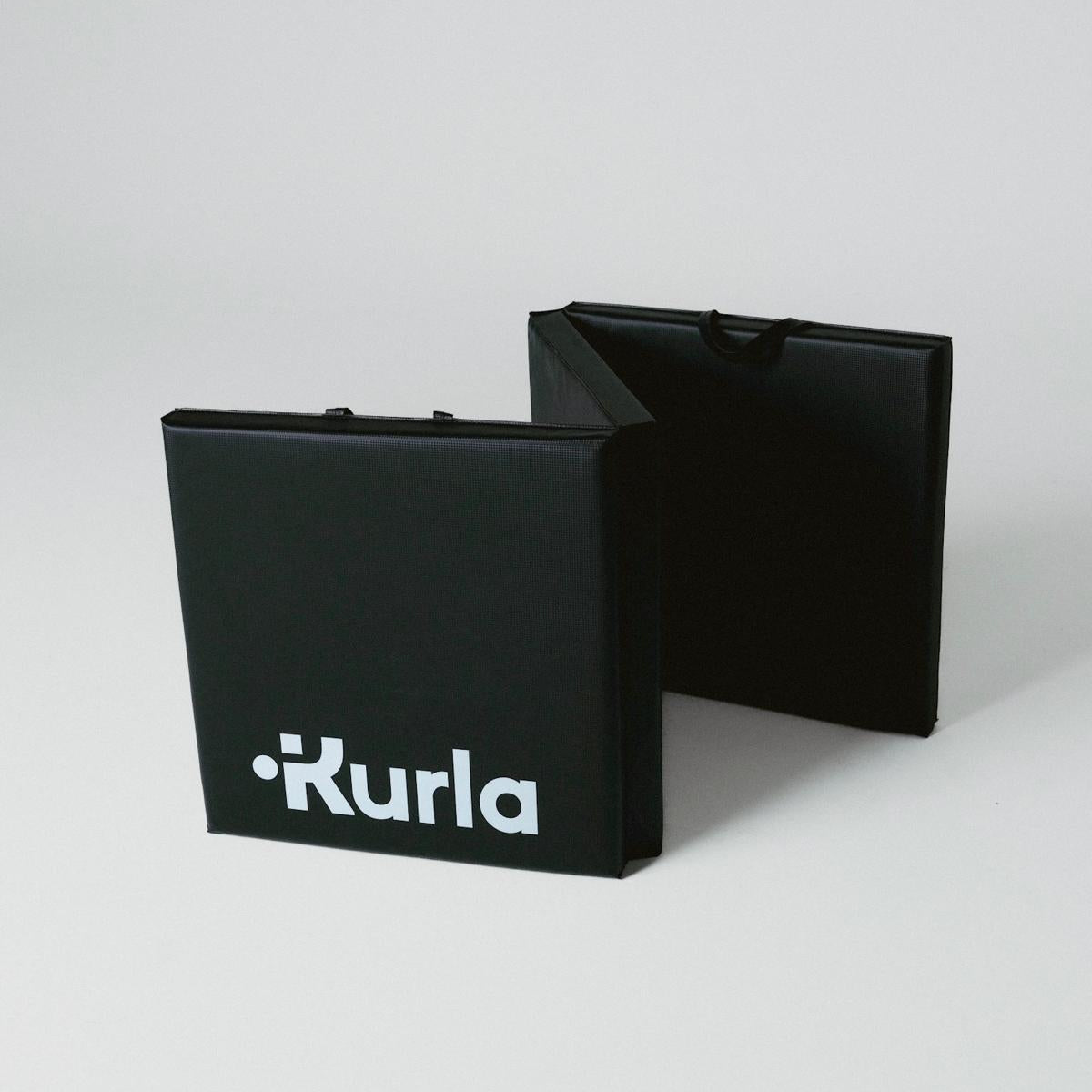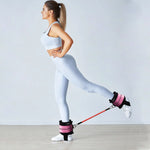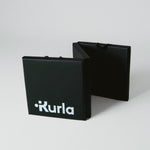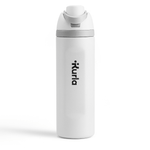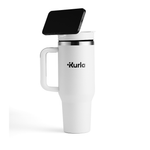
What Thickness of Mat Is Best for Exercise
When it comes to exercise mats, thickness matters more than most people realize. Whether you're stretching, practicing yoga, or powering through strength training circuits, the comfort and safety of your mat can directly impact how long and how well you train. While some people settle for a basic yoga mat, the reality is that the right thickness depends entirely on the type of activity, joint sensitivity, flooring surface, and personal preferences.
This guide will help you decide exactly how thick your mat should be to support your fitness goals without compromising on comfort or control.
Why Mat Thickness Makes a Difference
Mat thickness isn’t just about softness. It's about function. A mat that's too thin may leave you aching after core exercises or cause discomfort in your knees during stretches. On the other hand, mats that are too thick can make it harder to balance during yoga poses or create an unstable base for strength moves. That’s why choosing the right mat thickness is a key part of building an effective home gym setup.
If your mat fails to protect your joints or support your form, you’re less likely to stay consistent and more likely to deal with unnecessary pain or injury.
Best Mat Thickness by Workout Type
Let’s break down the ideal thickness range based on the types of exercises you do most.
Yoga and Stretching
For yoga and stretching based workouts, a thinner mat is typically preferred.
1) Recommended thickness: 3 mm to 6 mm
2) Why: These mats allow better connection with the floor which is crucial for stability in balance poses like Warrior III or Tree. Thinner mats also provide a sense of grounding and control especially in Vinyasa or hot yoga where grip matters.
That said, if you’re focused more on restorative yoga or seated stretches, you might prefer a slightly cushioned 8 mm mat for extra support under hips and knees.
Strength and Core Training
For workouts involving bodyweight resistance, dumbbells, or core focused exercises, slightly thicker mats help prevent discomfort.
1) Recommended thickness: 8 mm to 15 mm
2) Why: More padding helps cushion pressure points during planks, crunches, mountain climbers, or Russian twists. It also offers shock absorption for moderate impact movements like step ups or glute bridges.
A mat like the Kurla Mat, which offers both grip and adequate thickness, works well across these workouts.
High Impact or Weightlifting
For high intensity interval training or any workout involving jumps, fast transitions, or kettlebells, a thick and firm mat is essential.
1) Recommended thickness: 15 mm to 25 mm
2) Why: This extra thickness helps absorb shock from high impact movements like jump squats, burpees, or lunge jumps, protecting your knees and ankles.
Keep in mind that mats this thick must still offer density. Too soft and you’ll sacrifice stability.
Pilates and Barre
For Pilates or barre style routines that focus on slow, controlled movements, you’ll want moderate thickness to cushion joints during floor work.
1) Recommended thickness: 6 mm to 10 mm
2) Why: These movements involve long holds in seated or supine positions, and your spine, hips, and wrists need protection.
Consider These Factors When Choosing Thickness
Besides your workout style, there are a few personal and environmental factors that should influence your decision.
Your Body Type and Sensitivity
Heavier individuals or those with bony joints often need more padding to stay comfortable. Meanwhile, if you have strong core stability and balance, you may prefer thinner mats for better contact with the ground.
Type of Flooring
Are you working out on hardwood, tile, or carpet?
1) On hard floors, go thicker to prevent bruising or discomfort
2) On carpet, a thinner mat with a high grip surface may actually provide better support
Storage and Portability
If you’re constantly rolling up your mat or taking it to classes, a thick foam mat may be too bulky. In this case, thinner mats offer more convenience even if they’re slightly less cushioned.
Quality Over Quantity
It’s not just about thickness. Material matters too. Look for mats made from dense, durable foam or natural rubber that don’t compress too easily. A thick mat that flattens under pressure is no better than a thin one. Durability also ensures your mat won’t wear out with frequent use or rip during weighted movements.
The Kurla Mat is engineered with dense support, non slip grip, and durability designed for both light yoga and heavy HIIT. It’s a strong choice for those who want one mat that performs well across different types of workouts.
Summary What’s the Ideal Mat Thickness
Here’s a quick reference based on workout styles:
|
Workout Type |
Ideal Mat Thickness |
|
Yoga |
3 mm to 6 mm |
|
Stretching or Floor Work |
6 mm to 10 mm |
|
Core or Bodyweight |
8 mm to 15 mm |
|
HIIT or Strength |
15 mm to 25 mm |
|
Barre or Pilates |
6 mm to 10 mm |
Remember, it’s not one size fits all. If you mix workouts, a mat between 10 mm and 15 mm offers the best middle ground for most people.
The Right Base for a Stronger Workout
The best exercise mat for you isn’t just about brand or style. It’s about comfort, safety, and how it supports your movement. Choosing the right thickness ensures that your knees, hips, and wrists are protected and that your workouts stay consistent and effective.
When you're ready to upgrade your mat, go for something versatile and thoughtfully designed. The Kurla Mat is an excellent all in one solution, offering ideal thickness, grip, and cushioning for workouts of any intensity.
